UK PMI Manufacturing rose to 60.7 in April, up from 58.9, above expectation of 59.0. That’s the highest level in more than 26 years. PMI Services rose to 60.1, up from 56.3, above expectation of 59.0, a 80-month high. PMI Composite rose to 60.0, up from 56.4, an 89-month high since November 2013.
Chris Williamson, Chief Business Economist at IHS Markit, said: “Companies are reporting a surge in demand for both goods and services as the economy opens up from lockdowns and the encouraging vaccine roll-out adds to a brighter outlook. In more than 23 years of PMI history, we have only seen one spell of faster growth than this, recorded between August and November 2013”.
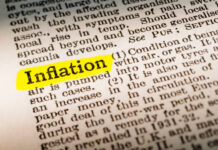



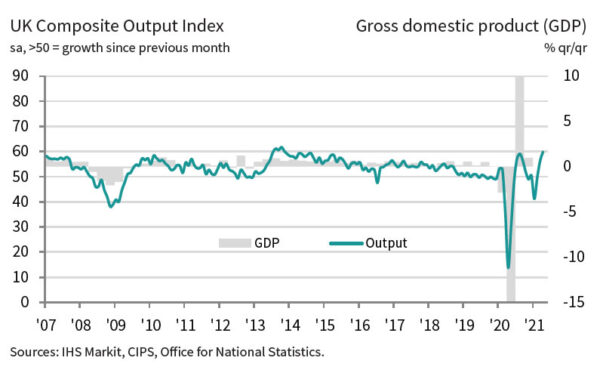
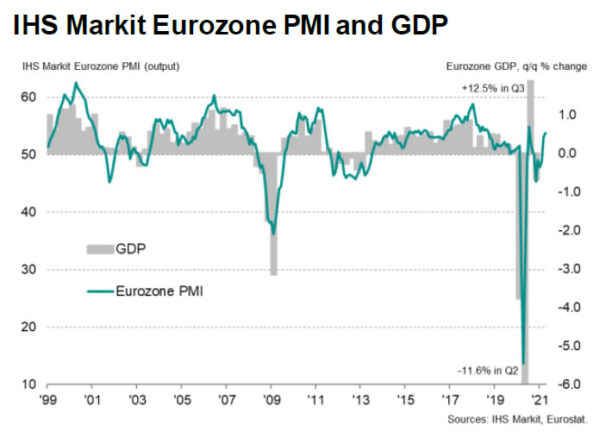
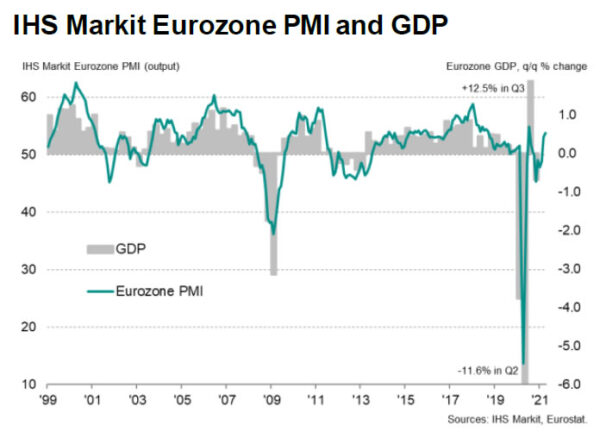
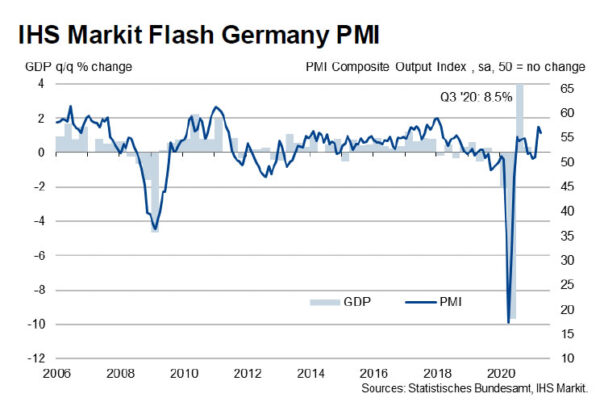
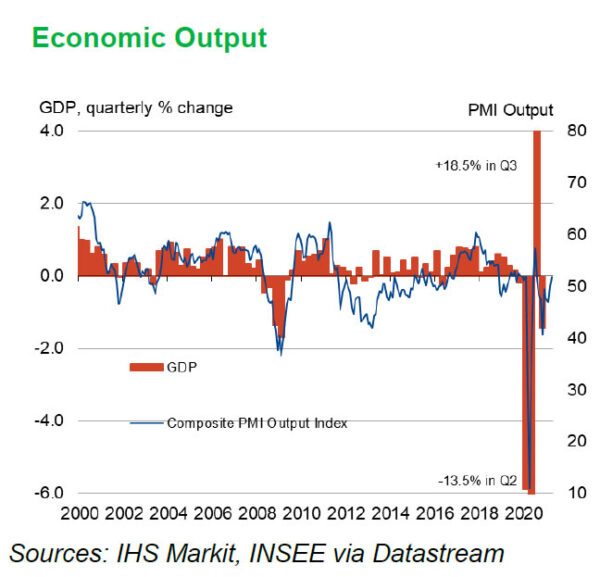
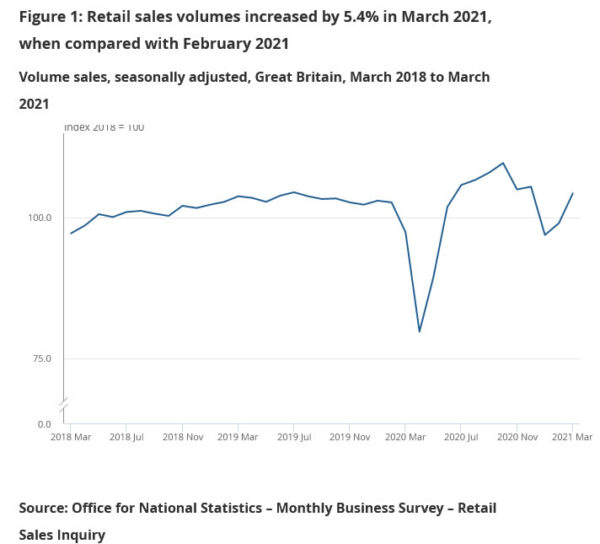
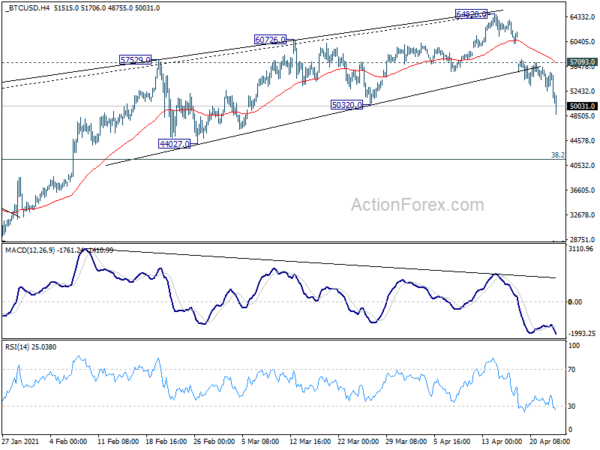
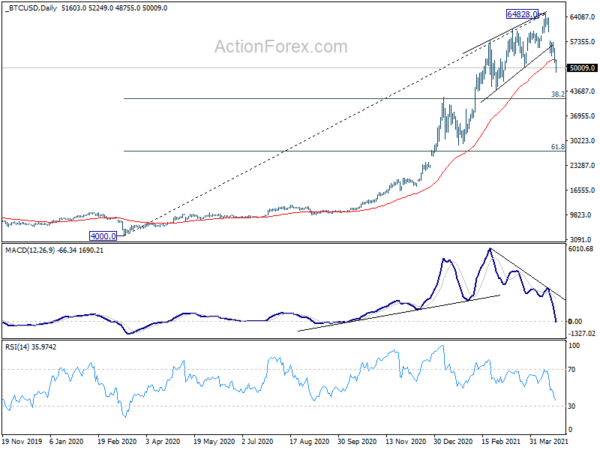
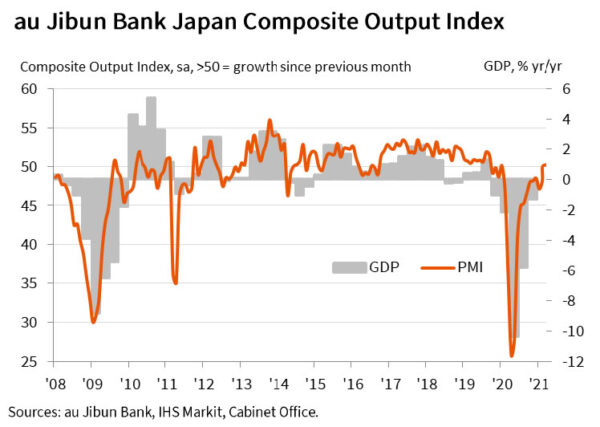
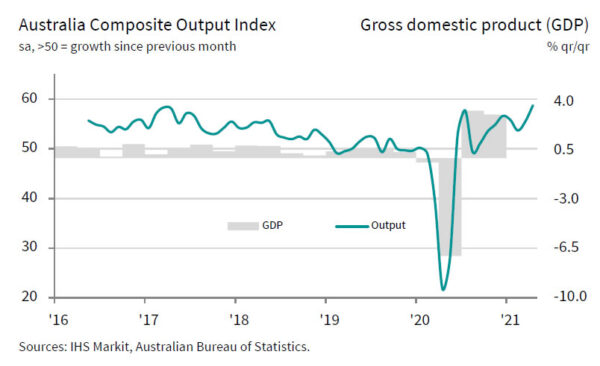

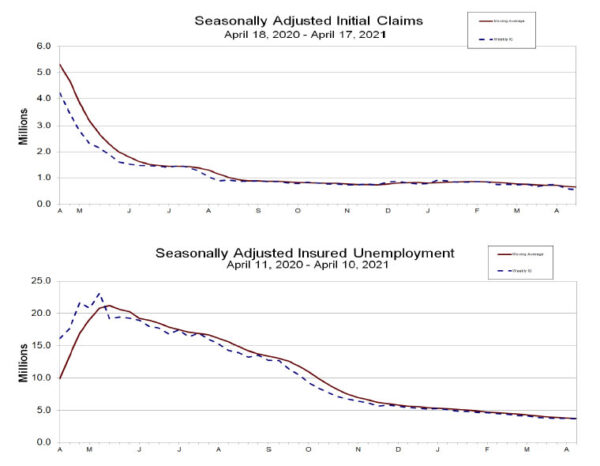
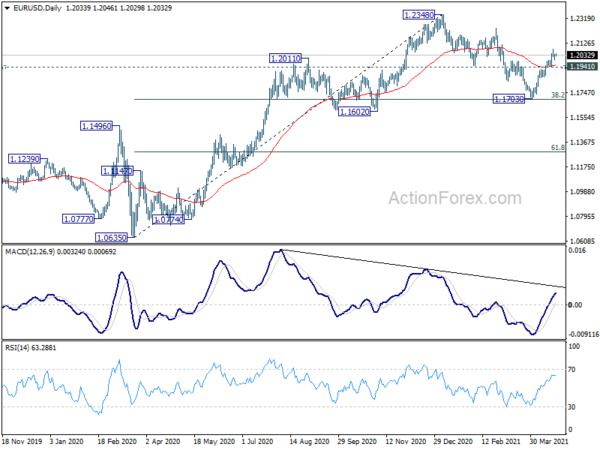
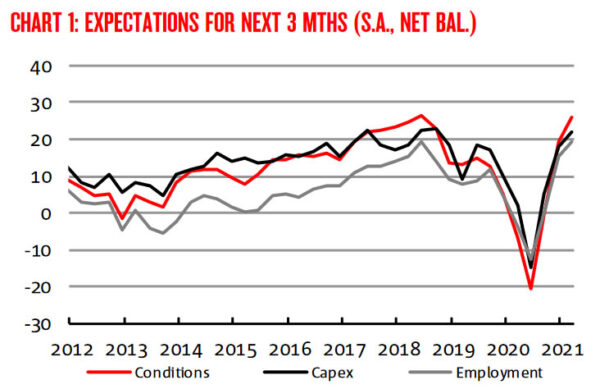
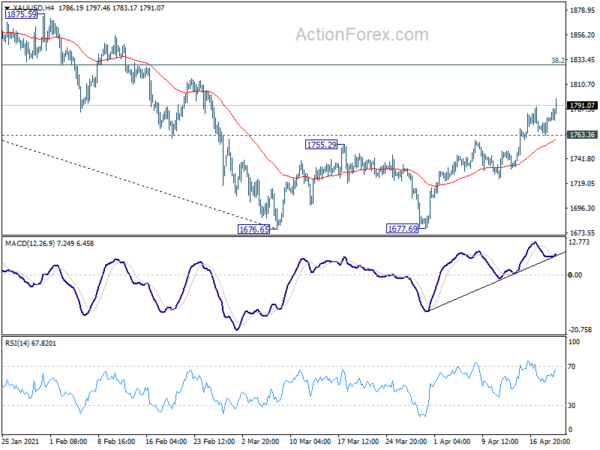
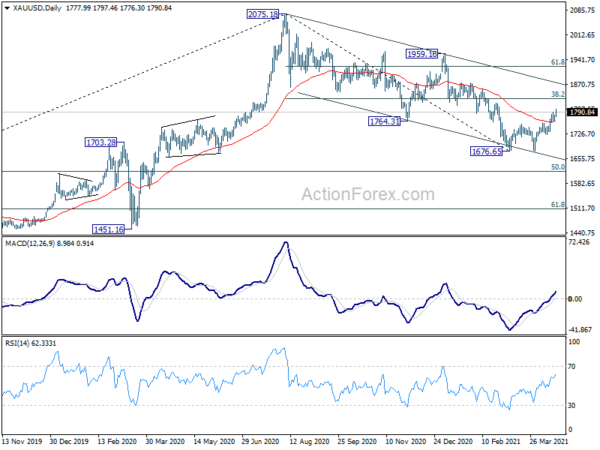
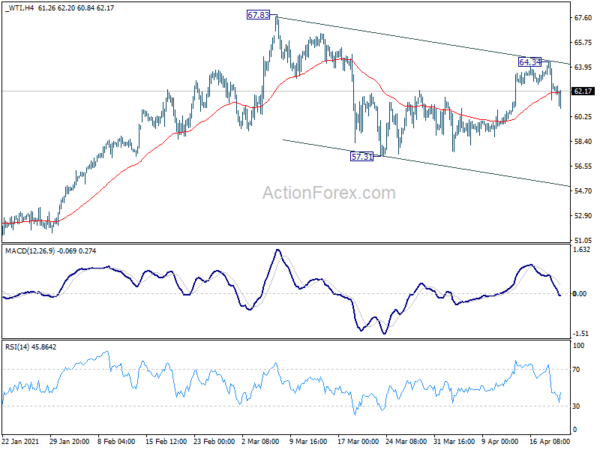
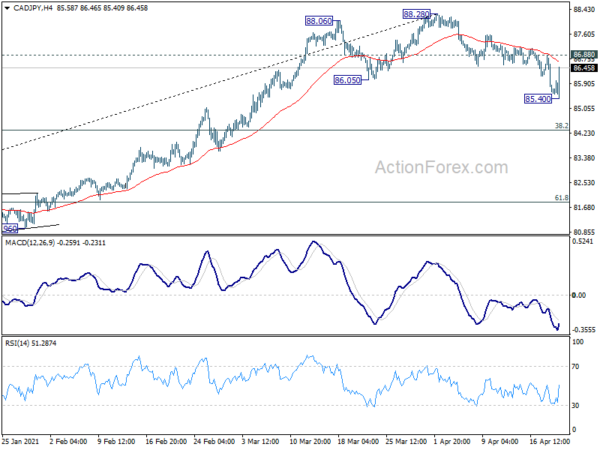
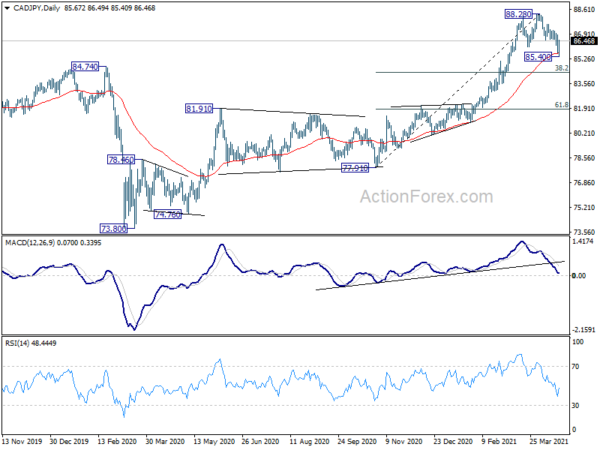
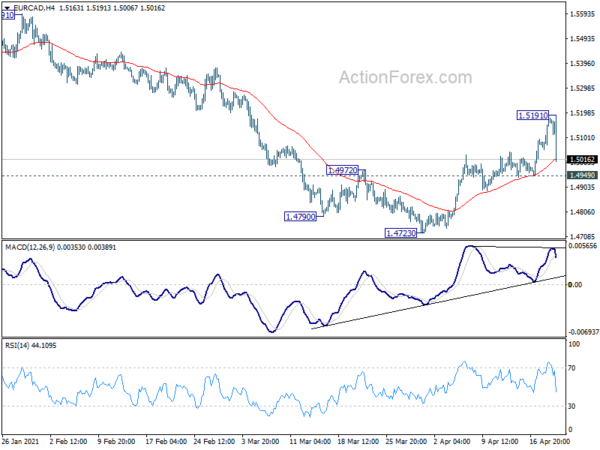
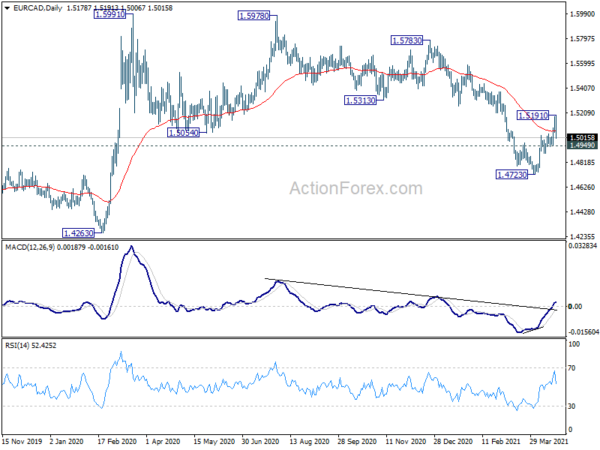

US PMIs rose to record highs, economy firing on all cylinders
US PMI Manufacturing rose to 60.6 in April, up from 59.1. PMI Services rose to 63.1, up from 60.4. PMI Composite Rose to 62.2, up from 59.7. All three indices were at their record highs.
Chris Williamson, Chief Business Economist at IHS Markit, said:
“The US economy is enjoying a strong start to the second quarter, firing on all cylinders as loosening virus restrictions, an impressive vaccine roll-out, a brighter outlook and stimulus measures all helped boost demand.
“The upturn is broad-based: the service sector is growing at the fastest rate recorded in almost 12 years of survey history, and manufacturers reported one of the strongest expansions seen over the past seven years. The latter was all the more impressive, as factories continued to be throttled by unprecedented supply chain delays, a consequence of which was a further steep rise in prices.
“The worsening supply situation is a concern for the outlook, especially in relation to prices. Supply needs to improve to come into line with demand. But with record supply chain delays driving a rise in backlogs of uncompleted work of a magnitude not surpassed for over seven years, firms appear to be struggling to boost operating capacity in the near-term.”
Full release here.